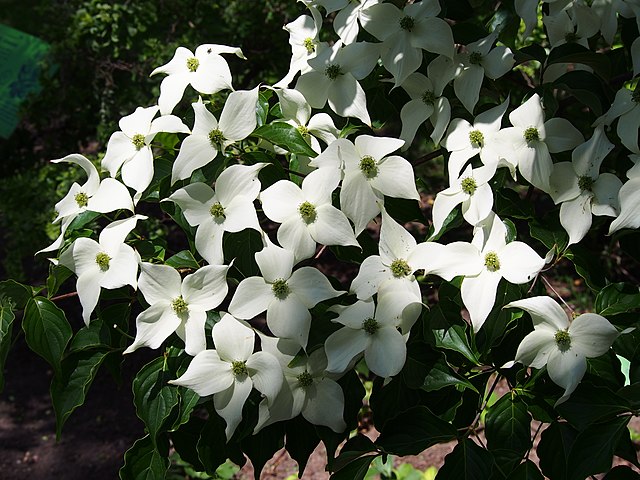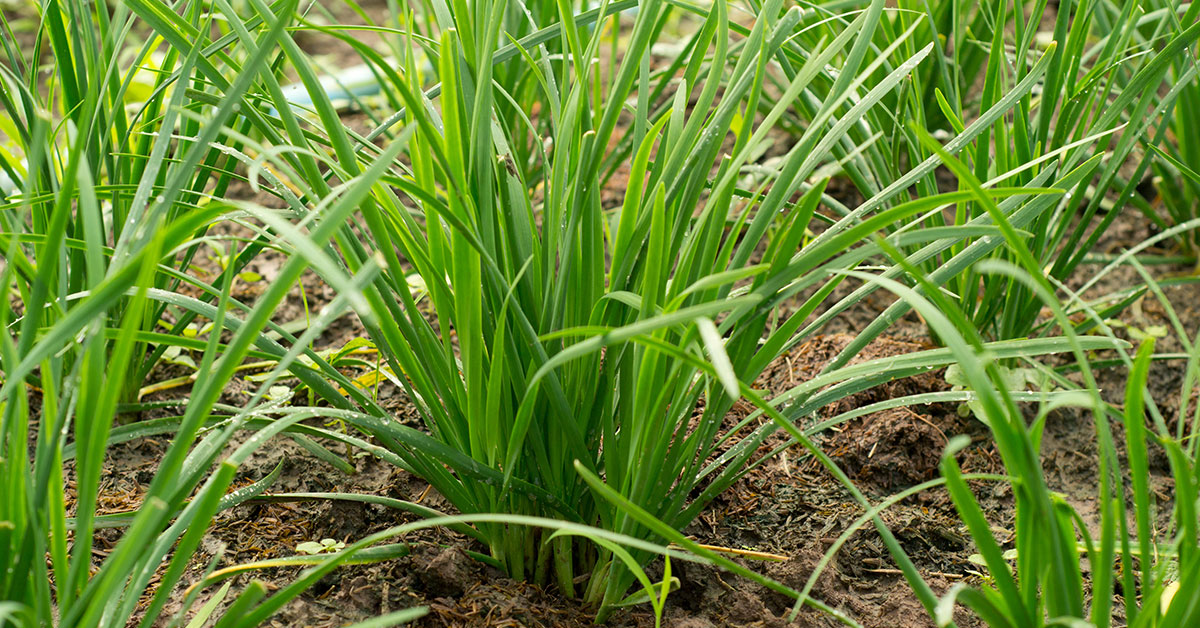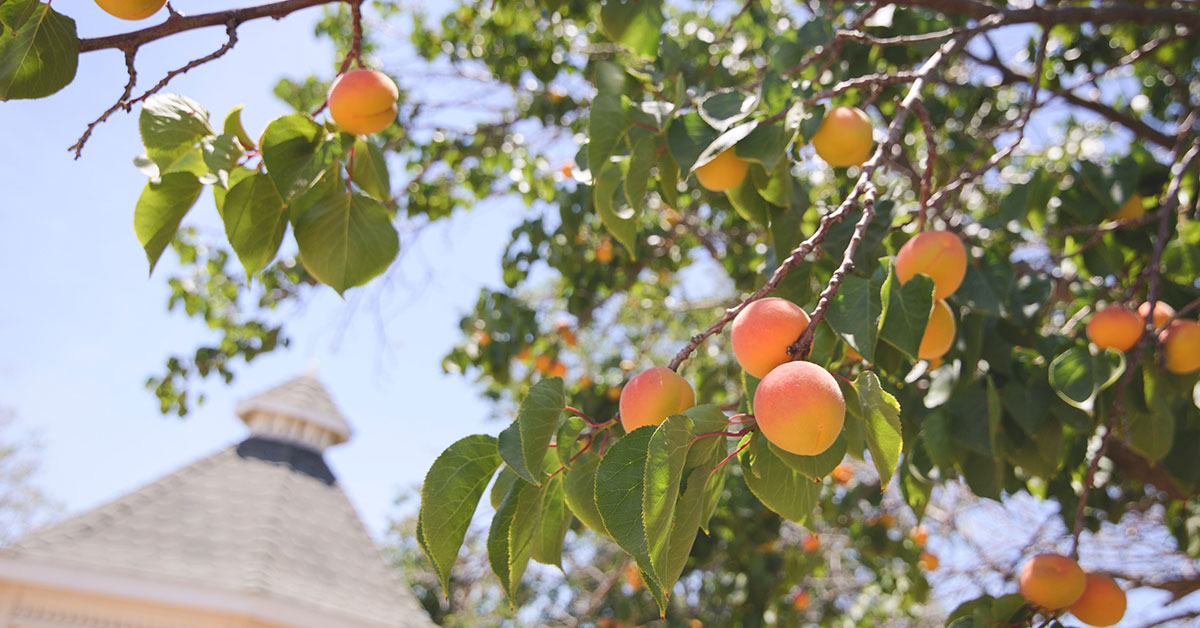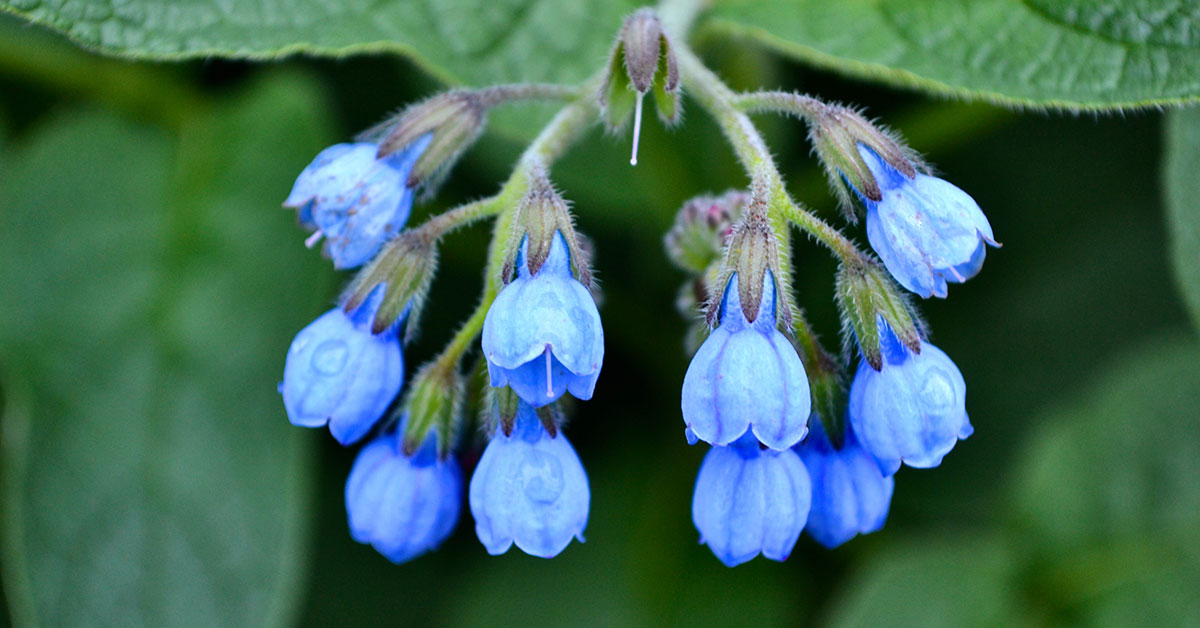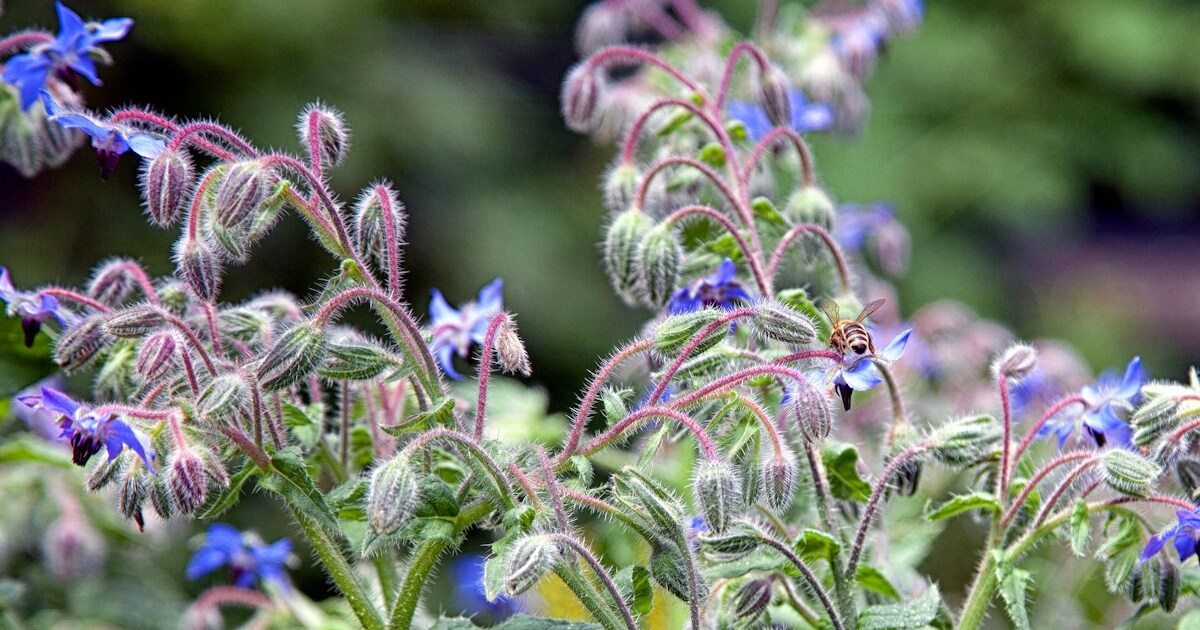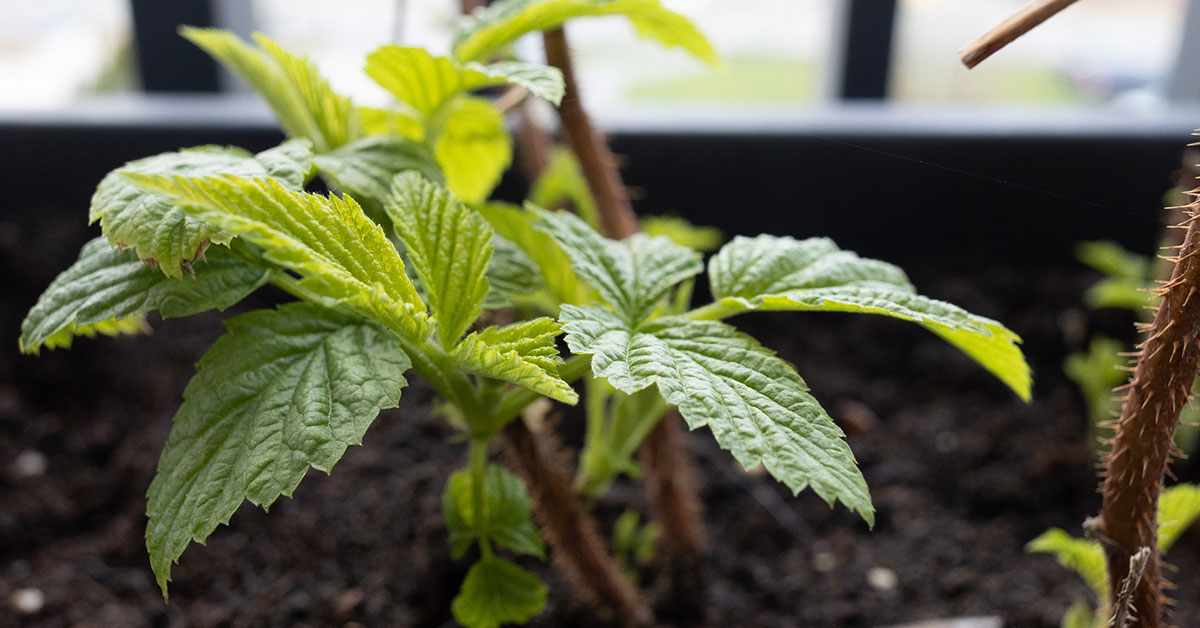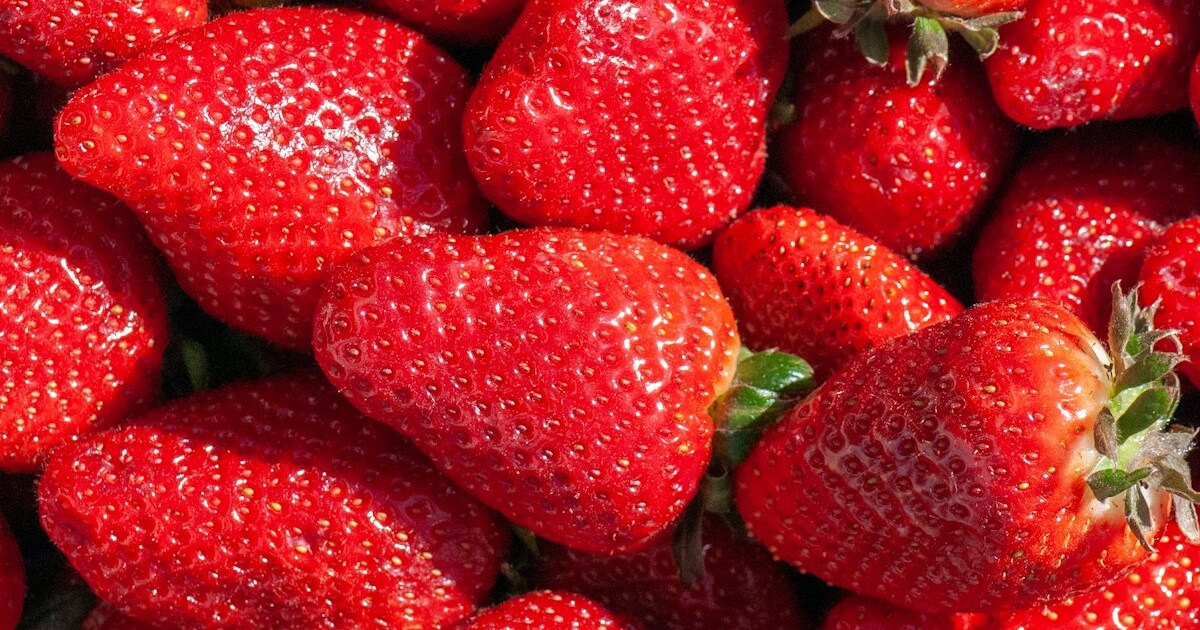It’s such a bummer when nosy neighbors, passing traffic, or just an empty view leave your garden feeling exposed—and I know how frustrating it is to try growing something tall and dense, only to watch it flop or fill with aphids! A well-chosen privacy shrub acts like a living fence: it screens unwelcome sights, muffles noise, and even creates a cozy microclimate for you and local wildlife. Whether you’re in the Pacific Northwest, the humid Southeast, or the chilly Northeast, there’s a shrub that can thrive in your conditions while delivering the height and density you crave. In this article, I’m eager to share ten standout shrubs—each with its own origin story, wildlife appeal, and invasiveness considerations—to help you bring privacy to your garden in style!
As a gardener who’s experimented with everything from towering straw bales to awkward lattice screens, I finally discovered that nothing beats the beauty and functionality of a thoughtfully selected privacy shrub. Some of these shrubs are native to North America, providing crucial habitat to nesting birds; others hail from Asia or Europe, offering evergreen foliage or fragrant blossoms that lift the spirits on drab winter days. I love how a row of Viburnum trilobum (native to North America) teems with finches and warblers in spring, or how a screening of Photinia × fraseri (a hybrid with origins in China and Japan) glows crimson before turning deep green. Let’s dive into these ten fabulous privacy makers—randomized to spark curiosity—so you can plan a screen that’s green, gorgeous, and wonderfully private!
Ligustrum japonicum (Japanese Privet)

Ligustrum japonicum, commonly called Japanese Privet, hails from the woodlands of Japan and Korea, where it grows as an understory shrub alongside oaks and maples. With its dense, leathery evergreen foliage, it quickly forms an impenetrable screen, reaching 8–12 feet tall with a similar spread when mature. I once planted a hedge of Japanese Privet along a busy road—its glossy leaves absorbed sound like a sponge, and within a season, I relished that deeper sense of peace! While it’s a top choice for quick privacy, be aware that in parts of the southeastern and western United States, it can become invasive, producing copious white flower panicles in late spring followed by dark blue berries that birds avidly disperse. If you live in a region where it naturalizes, you might need to deadhead flowers before berry set and pull any volunteer seedlings to prevent unwanted spread.
Japanese Privet isn’t just a silent screen—it’s also a wildlife magnet when managed judiciously. During late spring, its fragrant white blooms attract honeybees, native bumblebees, and countless pollinating syrphid flies eager for nectar. Later, birds like cedar waxwings and American robins feast on any uncollected berries, sometimes nesting nearby in adjacent evergreens. I’ve watched goldfinches flitting through, pulling at old seed heads in nearby coneflowers, then perching briefly in the privet’s canopy as if enjoying the privacy themselves! Despite its invasiveness concerns, I love how it shelters smaller birds and butterflies; if you deadhead those flowers promptly, you can strike a balance between wildlife support and containment, ensuring your hedge remains a delightful and functional green wall.
Viburnum trilobum (American Cranberrybush Viburnum)

Viburnum trilobum, also called American Cranberrybush Viburnum, is native to the moist woodlands and shorelines of northern North America, from Canada to the Great Lakes region. This deciduous shrub reaches 8–12 feet tall with a slightly wider spread, boasting large, trilobed leaves that turn vibrant red and purple in fall. I planted a row of V. trilobum along my property line, and within two seasons it formed a lush screen that glowed like embers every October! Since it’s a native species, it’s not considered invasive and serves as a keystone shrub: its early spring clusters of white, lace-cap flowers draw a swarm of native mason bees and honeybees, brightening the garden with activity.
By mid-summer, Viburnum trilobum sets glossy red berries that mimic true cranberries, attracting cedar waxwings, flickers, and other songbirds. I recall one July morning when a small flock of waxwings descended upon my hedge, devouring every last berry with such fervor they nearly perched on each other’s heads! Later in winter, those persisting berries provide vital nourishment for cardinals and blue jays when food is scarce. Plus, the dense branching offers prime nesting sites for robins and warblers in spring, while deer generally avoid feeding on its foliage due to its slightly bitter taste. If you seek a tall, native, wildlife-friendly privacy screen that also provides four seasons of interest, American Cranberrybush Viburnum is a fantastic pick!
Ilex glabra (Inkberry Holly)
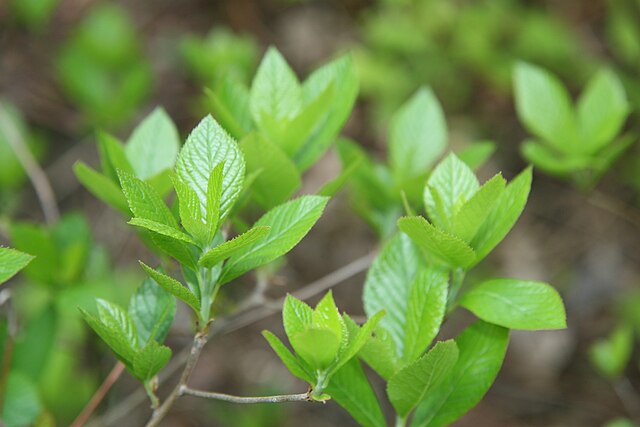
Ilex glabra, commonly known as Inkberry Holly, is native to the eastern United States’ wetlands and coastal plains, where it typically grows alongside swamp azaleas and sweetbay magnolias. As a broadleaf evergreen, it forms a dense, dark-green hedge reaching 5–8 feet tall and wide, ideal for year-round privacy. One of my favorite things about Inkberry Holly is its glossy, oval leaves that shine like polished ink—especially striking when contrasted with snow in winter! Since it’s native and doesn’t self-seed aggressively, there’s no invasive worry, but its dense root system does prefer consistently moist, acidic soil, so it might not fare well in regions with dry, alkaline conditions without supplemental irrigation.
During early spring, Ilex glabra produces small, four-petaled white flowers that often go unnoticed by casual observers but flood the air with a subtle scent. Those blossoms attract early-foraging honeybees and native bumblebees, which hustle about collecting pollen before many other shrubs have bloomed. By fall and into winter, female plants set globes of jet-black berries (hence “Inkberry”), which then feed cedar waxwings and white-throated sparrows—often the first to arrive when frost crunches beneath my boots! Birds also use the dense branches as protective nesting sites, especially Eastern Bluebirds and catbirds. When you plant a row—mixing both male and female cultivars—you gain not only a solid privacy wall but also a vital wildlife haven that supports pollinators and songbirds alike.
Cornus sericea (Redosier Dogwood)

Cornus sericea, or Redosier Dogwood, is native to wetlands, stream banks, and lakeshores across North America. In ideal conditions, this shrub can reach 8–10 feet tall and wide, forming a thick, thicket-like screen whose bright red winter stems glow against snowy backdrops—so striking that I once had neighbors commenting on the “living art” lining our property! Though it thrives in moist soils, I’ve seen it adapt to occasional drought once established. While it can sucker vigorously via its root system—occasionally creating dense colonies—its suckering habit is a controlled way to fill in a screen; just be prepared to periodically remove shoots from undesired spots to prevent spread beyond your intended boundary.
Summer brings clusters of creamy-white, flat-topped flowers that bloom abundantly in June, drawing honeybees, bumblebees, and dozens of native pollinator species like syrphid flies and small sweat bees. I watched an industrious mason bee excavate a nest among the riparian soil near our pond, no doubt taking advantage of the blooms’ nectar. Later, those blossoms give way to glossy white berries, which attract robins, thrushes, and waxwings—sometimes causing minor berry drop under the shrub that fills the ground with a feast for ground-feeding birds, like sparrows, well into winter. Additionally, small mammals like rabbits and voles may take shelter under the dense twiggy growth, making Cornus sericea not just a privacy barrier but a dynamic wildlife corridor!
Osmanthus fragrans (Fragrant Tea Olive)
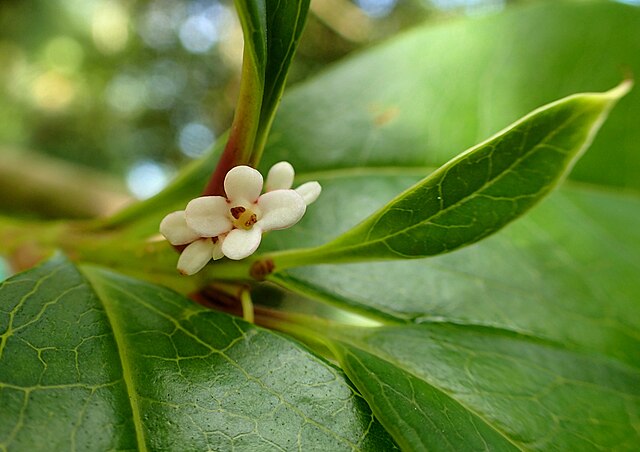
Osmanthus fragrans, commonly called Fragrant Tea Olive, is indigenous to the evergreen broadleaf forests of China and Japan, where its glossy, leathery leaves and fragrant white blossoms make a statement in late fall and early winter. As an evergreen, it reaches 10–12 feet tall and wide; I treasure my Osmanthus hedge because it keeps its leaves through all seasons, providing a solid green screen even in the dead of winter. This shrub isn’t generally considered invasive in temperate climates, but in some warm, humid regions, it can naturalize if not pruned back—so give it an occasional trim to maintain the desired size and shape.
The real magic happens in autumn, when clusters of tiny, star-shaped, ivory blooms scent the air with an intoxicating apricot-like fragrance. Honeybees and native bumblebees love to linger among those blooms, gathering nectar before temperatures drop, and occasionally a late-season hummingbird will hover at the fringes, drawn to the sweet aroma! After blooming, the shrub develops small, purple-black drupes enjoyed by mockingbirds and catbirds in spring, while cedar waxwings often perch overhead, waiting for those berries to ripen. Because it’s evergreen, songbirds also nest within its thick foliage—I’ve found a catbird nest tucked into low branches on numerous occasions. For anyone seeking a fragrant, year-round privacy screen that also pampers pollinators and songbirds, Fragrant Tea Olive is a top-tier choice!
Mahonia aquifolium (Oregon Grape)

Mahonia aquifolium, known as Oregon Grape, hails from the understory of moist forests in the Pacific Northwest, growing naturally under Douglas-firs and western red cedars. Its leathery, pinnate leaves remain green in winter, and it reaches 6–8 feet tall with a slightly narrower spread—ideal for a mid-height screen or understory barrier. Oregon Grape forms a neat, suckering colony if left unchecked, but I find its moderate spread manageable; I usually remove stray shoots that wander into walkways to keep the hedge tidy. Since it’s native to North America and part of the Berberidaceae family, it’s not considered invasive outside its range, and it thrives in partial shade where many other privacy shrubs falter.
In spring, Mahonia aquifolium erupts into racemes of bright yellow, fragrant flowers that sweeten the air and attract a swarm of bumblebees, honeybees, and native solitary bees. I can spend half an afternoon just watching those fat bumblebees lap up nectar, their wings buzzing like miniature turbines! By early summer, those blooms give way to clusters of deep purple, edible berries that feed cedar waxwings, robins, and even small mammals like chipmunks. Birds often build nests in the arching branches, trusting the thorny, protective foliage to shield their young from predators. If you want a shrub that offers privacy and simultaneously fuels spring pollinators and summer wildlife, Oregon Grape’s year-round presence and reliable performance make it a true forest-floor gem for gardens.
Photinia × fraseri (Red Tip Photinia)

Photinia × fraseri, commonly called Red Tip Photinia, is a hybrid originating from crosses between Photinia glabra and Photinia serrulata—species native to eastern Asia’s woodlands. This evergreen reaches 10–15 feet tall and wide when mature, with magnificent crimson new growth that fades to glossy green as the leaves age. I’ll never forget planting a row along a busy street: within a single season, that vibrant red flush caught every eye and also drowned out the traffic noise remarkably well! However, Red Tip Photinia can be afflicted by Entomosporium leaf spot in humid climates, so practicing good air circulation—by spacing shrubs at least 5 feet apart—and pruning out infected leaves is crucial.
In spring, Photinia × fraseri produces cascading clusters of white, fragrant flowers that attract honeybees, bumblebees, and native mason bees. Those abundant blooms are like a magnet for pollinators looking for mid-spring pollen before many other Evergreens bloom. Birds such as cedar waxwings and robins may swoop in to feast on any developing red berries later in summer, while goldfinches and chickadees perch on lower branches, sheltering in the dense foliage. Although not labeled invasive in most areas, Photinia can self-sow if birds drop berries near pathways—just be diligent and remove volunteers before they establish. With regular pruning to maintain shape and remove disease, Red Tip Photinia remains a go-to for fast-growing, colorful privacy screens!
Prunus laurocerasus (Cherry Laurel)
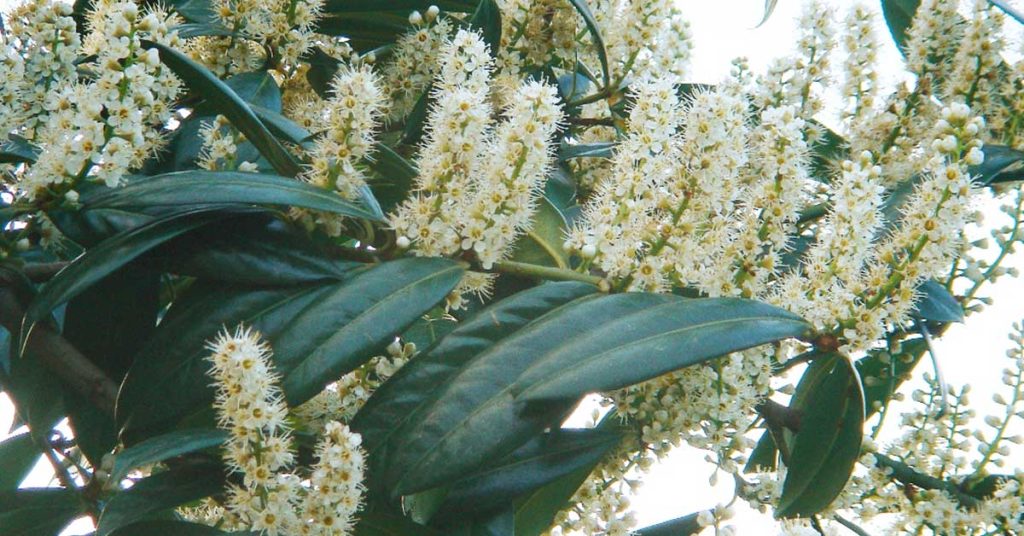
Prunus laurocerasus, commonly called Cherry Laurel or English Laurel, is native to southeastern Europe and Asia Minor, where it thrives as a forest understory plant. As an evergreen, it can soar to 15–20 feet tall and 6–10 feet wide, boasting large, glossy, dark-green leaves that instantly block out unsightly views. I once planted Cherry Laurel to shield my yard from a busy driveway; within two years, it formed a dense, wall-like barrier! Keep in mind that in many parts of Eastern and Western North America, Cherry Laurel can naturalize if birds disperse its black drupes—so in those regions, it’s considered invasive. Regularly cleaning up fallen berries and cutting back stray shoots helps keep it contained.
In early spring, English Laurel unfurls clusters of small white, fragrant flowers that attract honeybees, bumblebees, and countless syrphid flies looking for early-season pollen. I watched hornets and carpenter bees investigate those creamy-white bouquets one April, using the shrub as a staging ground before venturing into my apple blossoms down the row. By summer, the developing dark fruits entice cedar waxwings and American robins, who sometimes dismantle the lower branches while foraging—so I often tie netting loosely just beneath the canopy to keep them aloft. Birds might also nest within the thick foliage, especially Eastern Phoebes, drawn by the shelter and the insect bounty. When well-maintained—removing suckers and fallen fruit—Cherry Laurel remains a robust, year-round privacy solution that also sustains local wildlife.
Rhododendron catawbiense (Catawba Rhododendron)
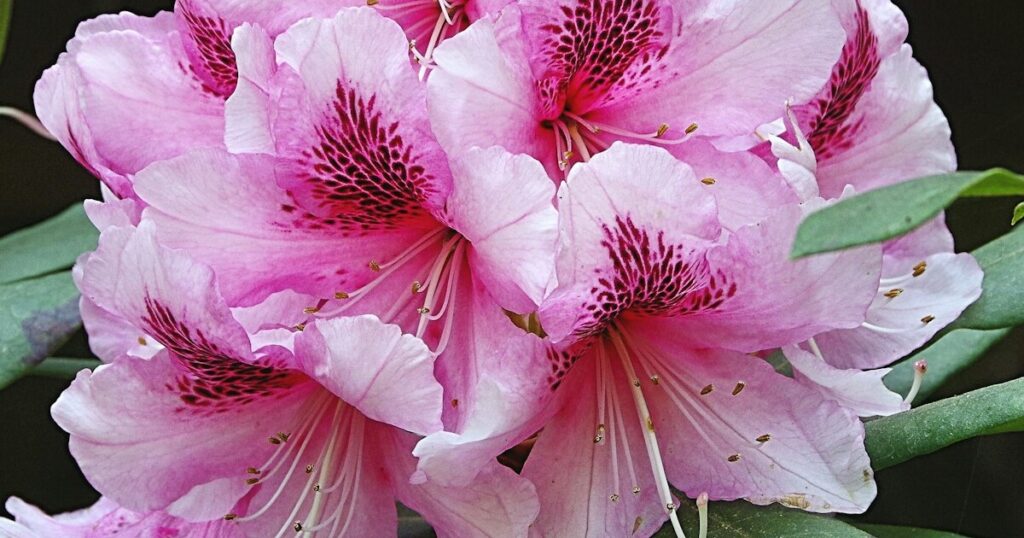
Rhododendron catawbiense, known as Catawba Rhododendron, is native to the Appalachian Mountains, often carpeting rocky slopes and riverbanks with its massed blooms. This evergreen shrub reaches 6–8 feet tall and wide, producing large clusters of lavender to pink flowers in late spring. I fell in love with it the first time I saw a mountain hillside awash in Catawba pinks, and I planted a row along my damp, shaded perimeter—now, it forms an aromatic wall when in bloom! Since it’s a North American native, it’s not invasive, but it does demand acidic, well-drained yet moist soil—so if your yard’s pH is above 7.0 or it sits bone-dry in summer, you might need to amend heavily with peat and mulch to replicate its mountain home.
During bloom, Catawba Rhododendron’s large trusses become a magnet for bumblebees, honeybees, and even carpenter bees that wedge into the deep corollas for nectar. I once watched a bumblebee carry an entire blossom cluster away like a bouquet—nature’s own floral heist! Hummingbirds also investigate those vivid blooms, hovering as they probe for nectar. Beyond pollinators, the rhododendron’s dense foliage provides an excellent buffering zone for noisy patios or neighbors; sparrows and vireos often build nests among its lower branches, shielding their broods from predators. While deer will browse young shoots, mature Catawba Rhododendron’s leathery leaves are less palatable, so it still functions effectively as a privacy barrier even in deer-prone areas. If your site can meet its moisture and acidity needs, it’s a truly spectacular choice for a flowering privacy screen!
Cornus alba (Nanking Dogwood)
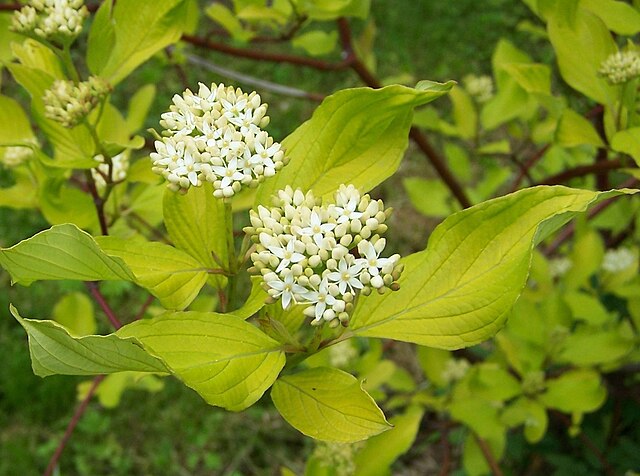
Cornus alba, commonly known as Nanking Dogwood or Tatarian Dogwood, is native to Siberia and northern China, where it colonizes riverbanks and light forests. As a deciduous shrub, it reaches 8–10 feet tall and wide, producing stunning red or yellow stems that glow against winter’s gray. I planted a staggered double row along a bare fence last fall; come January, those vermilion stems blazed like embers in the snow, instantly brightening the coldest months. While Cornus alba can spread via suckers, I’ve found it easy to manage—simply cut back unwanted suckers in early spring, and you’ll avoid unwanted colonization.
In late spring, Nanking Dogwood produces clusters of white, flat-topped flower heads that attract honeybees, bumblebees, and native mason bees in droves. I’ve spent mornings marveling at how those bees literally bounce from floret to floret, gathering pollen before moving on to summer wildflowers. By late summer, the blooms give way to glossy white berries that tempt cedar waxwings, stray catbirds, and small thrushes—often busy below the shrub as they glean any fallen fruit. The dense branching also serves as a protective nesting platform for cardinals and chickadees in spring. Although occasionally deer nibble on young shoots, the vibrant winter stems and summer flowering make Cornus alba a standout, year-round privacy solution that supports a variety of wildlife!


